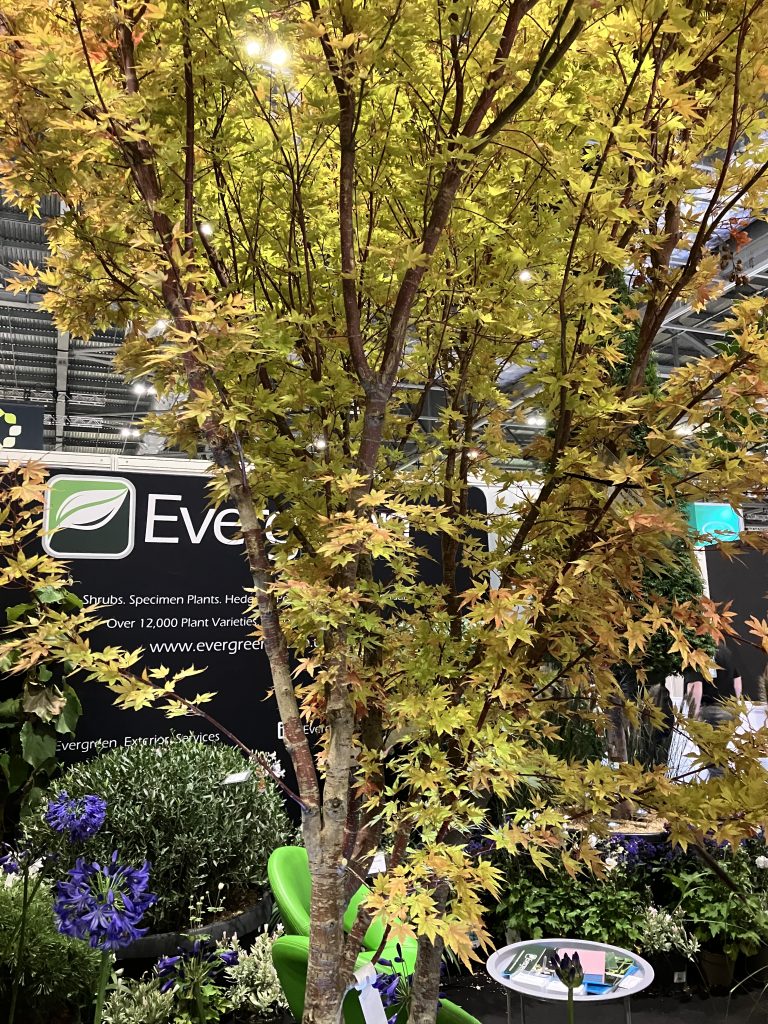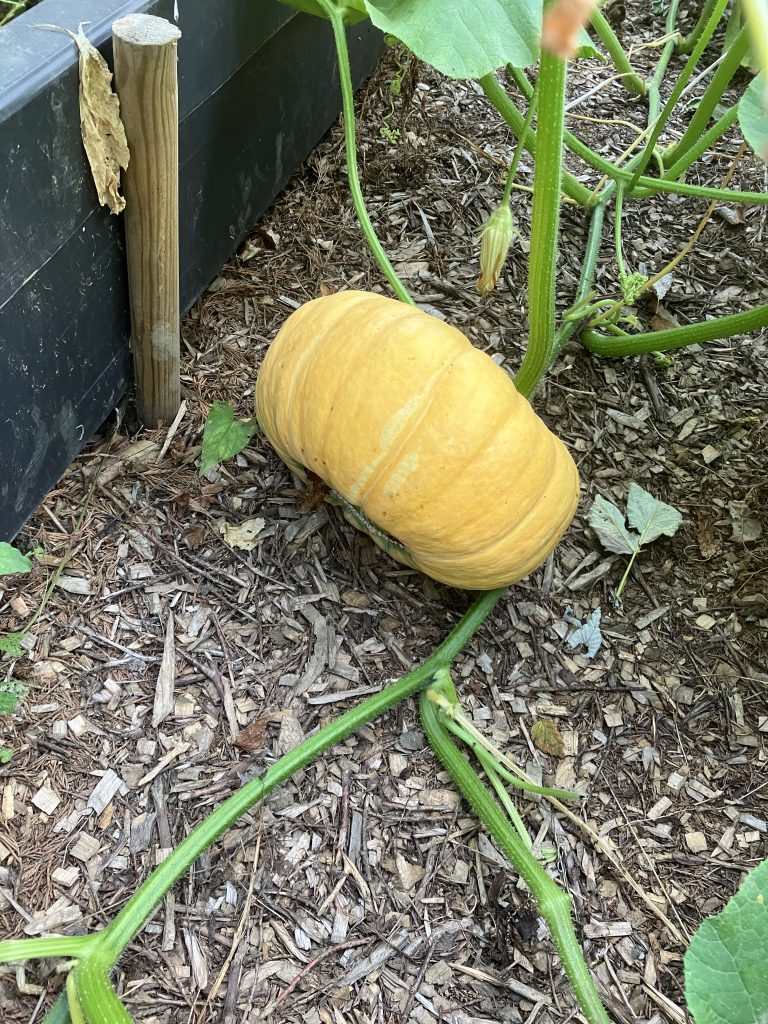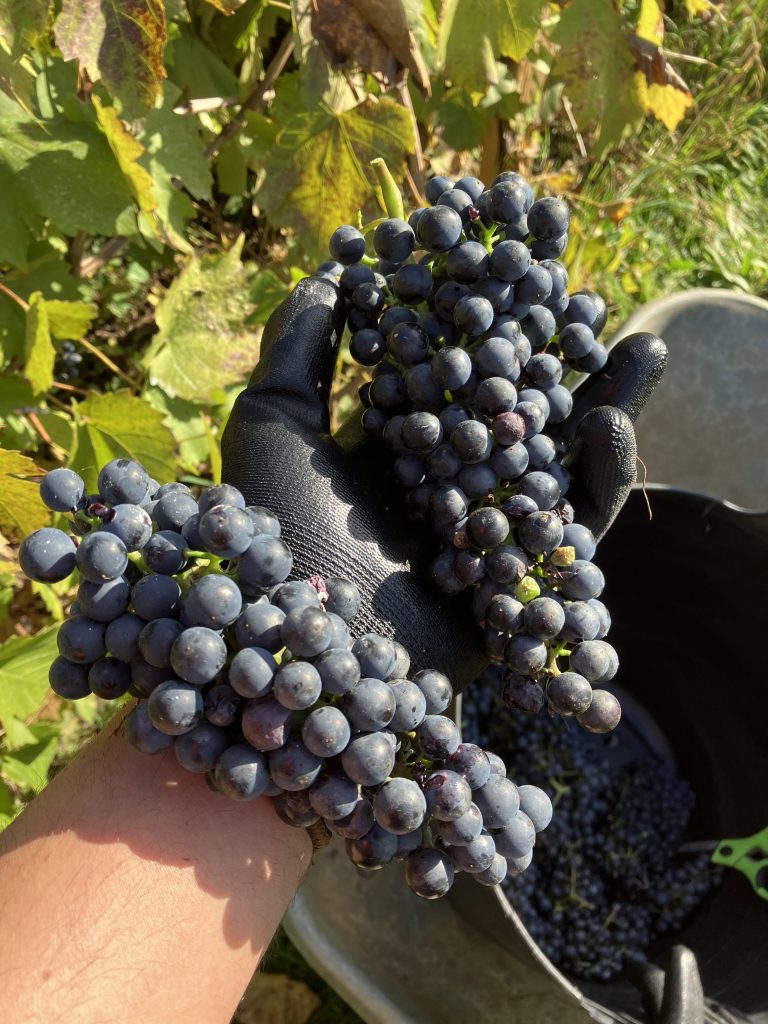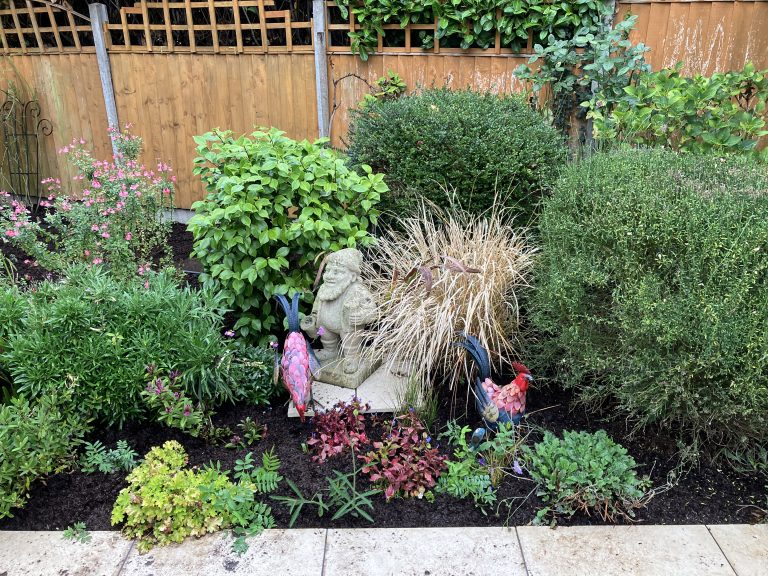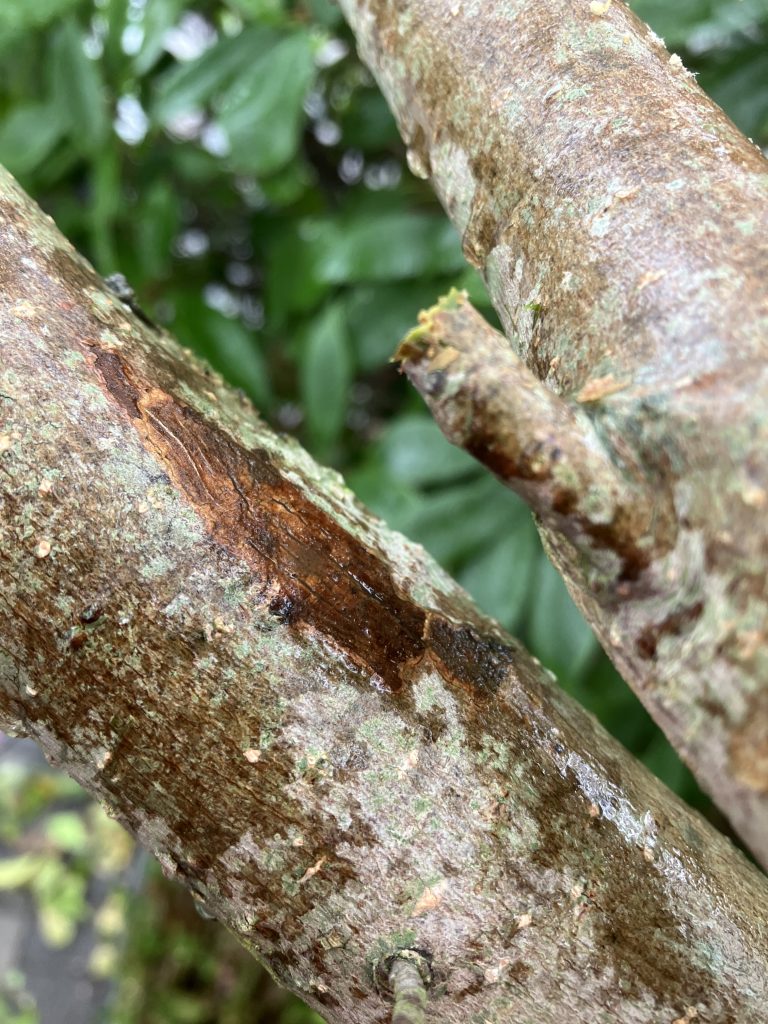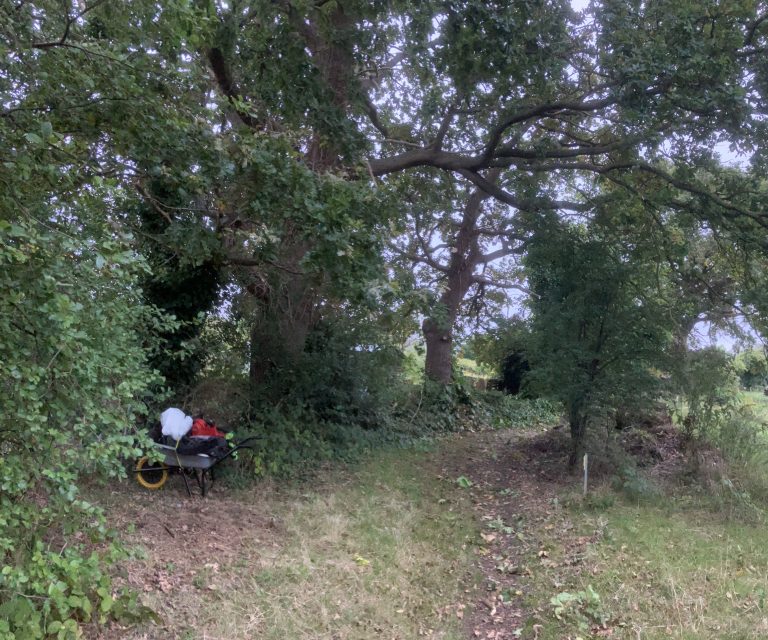Hedge Trimming: Maintaining Boundaries While Boosting Biodiversity
Hedges have long been a staple of gardens, farms, and landscapes, serving as natural barriers that define spaces and add aesthetic appeal. However, hedge trimming is more than just a cosmetic chore—it’s a vital practice for maintaining clear boundaries, promoting plant health, and significantly boosting biodiversity. When done correctly, trimming helps create thriving ecosystems that support a wide array of wildlife, from birds and insects to small mammals. This article expands on the essentials of hedge trimming, exploring its benefits, optimal timing, and key considerations to ensure it enhances rather than harms natural habitats.
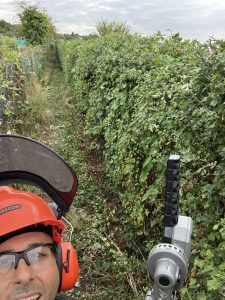
Why Hedge Trimming Matters
At its core, hedge trimming keeps plants in check, preventing them from becoming overgrown and encroaching on pathways, roads, or neighboring properties. Regular maintenance ensures hedges remain dense and structured, which not only upholds boundaries but also contributes to the overall health of the plants. By removing dead or diseased branches, trimming reduces the risk of pests and diseases spreading, allowing the hedge to flourish.
Beyond these practical aspects, hedge trimming plays a crucial role in boosting biodiversity. Hedges act as corridors for wildlife, connecting fragmented habitats and enabling species to move, forage, and breed safely. Trimming encourages denser growth at the base, providing shelter for ground-dwelling animals and insects. Moreover, well-managed hedges can produce more flowers and berries, which are essential food sources for pollinators like bees and birds during different seasons. Studies show that hedges managed with wildlife in mind can support healthier populations by offering shade to reduce heat stress and blocking wind currents.
Optimal Timing for Hedge Trimming
The timing of hedge trimming is critical to maximize its benefits while minimizing negative impacts. As a general rule, performing this task in late summer or early autumn—typically August to October—allows for new growth to emerge before winter sets in. This period follows the peak growing season, when hedges have had time to develop flowers and fruits, and it lets in more light to the lower parts of the plant, stimulating fresh shoots and denser foliage for the following year.
However, for hedges prioritized for wildlife and biodiversity, many experts recommend delaying trimming until late winter, such as January or February, when plants are dormant. This approach ensures that berries and seeds remain available as a vital food source for birds and mammals through the colder months. Trimming in late winter also aligns with the end of the dormant period for deciduous hedges, promoting vigorous spring regrowth without interfering with summer productivity. The choice may depend on your region and hedge type: for example, evergreens might benefit from a light trim in late summer to shape them without removing too much potential winter food.
| Hedge Type | Recommended Trimming Time | Key Considerations |
|---|---|---|
| Deciduous (e.g., hawthorn, blackthorn) | Late winter (Jan-Feb) or early autumn (Sep-Oct) | Preserve berries for winter; avoid if late nesters are present. |
| Evergreen (e.g., privet, holly) | Late summer (Aug) or early spring (Feb-Mar) | Light trims to maintain shape; supports year-round privacy and bird food. |
| Mixed Wildlife Hedgerows | Late winter (Jan-Feb) on rotation | Maximizes flowers and fruits; check for protected species. |
Enhancing Wildlife Habitats Through Trimming
One of the most rewarding aspects of hedge trimming is its potential to enhance wildlife habitats. By letting in more light through strategic cuts, trimming encourages new growth at the base and middle of the hedge, creating layered structures that offer varied niches for different species. For instance, a thicker base provides cover for small mammals and ground-nesting birds, while taller sections support tree-climbing insects and perching birds.
To optimize for biodiversity, adopt a rotational trimming approach: cut only one-third or half of your hedges each year, leaving the rest untouched. This ensures continuous availability of resources like flowers for pollinators in spring and berries for birds in autumn. Research indicates that hedges trimmed every three years produce up to two and a half times more blossoms than those cut annually, directly benefiting insect populations and the food chain. Additionally, trimming to an ‘A’ shape—wider at the base and narrower at the top—allows light to reach the bottom while protecting wildlife from predators and weather.
Avoid over-trimming, as excessive cutting can reduce flower production by up to 75% and berry biomass by 83%, depleting food sources for overwintering animals. Instead, use incremental cutting, increasing the height and width by about 10cm each time, to maintain density and prevent gaps.
Planning Around Bird Nesting Seasons
A key caveat in hedge trimming is the need to plan around bird nesting times to avoid disturbing or harming wildlife. In many regions, including the UK, it’s illegal to intentionally destroy active nests, eggs, or chicks, which are protected under wildlife laws. The primary nesting season runs from March to August, but it can extend into September for late breeders. Always inspect your hedge thoroughly for signs of nesting activity before starting work—if you spot nests, delay until the fledglings have left.
To further protect biodiversity, conduct pre-trimming surveys for protected species like bats or dormice, which may require professional advice or licenses. Leaving buffer strips of uncut grass around the hedge base can also provide additional habitat for nesting and foraging.
Practical Tips for Effective Hedge Trimming
When trimming, use sharp tools like shears, loppers, or a hedge trimmer for clean cuts that heal quickly and reduce disease risk. Start from the bottom and work upwards, and consider leaving some prunings in piles as shelters for insects and amphibians. For rejuvenation, techniques like coppicing—cutting back to ground level in sections—can revive old hedges, but do this in winter and protect new shoots from grazing.
Incorporate native species when planting or filling gaps to support local ecosystems, as they attract more insects and birds than exotics. Reduce or eliminate chemical sprays to preserve beneficial insects, and aim for diversity in plant types for year-round benefits.
Conclusion
Hedge trimming, when approached thoughtfully, transforms a simple maintenance task into a powerful tool for environmental stewardship. By timing your cuts appropriately, adopting wildlife-friendly techniques, and always prioritizing bird nesting seasons, you can maintain beautiful boundaries while fostering vibrant biodiversity. Whether you’re managing a small garden hedge or a sprawling hedgerow, these practices ensure your efforts contribute positively to the natural world, creating habitats that thrive for generations. If in doubt, consult local wildlife organizations or professionals to tailor advice to your specific location.
References
- Broadleaf Tree Surgery. (2023) When to cut hedges to avoid nesting birds. Available at: https://broadleaftreesurgery.co.uk/when-to-cut-hedges-to-avoid-nesting-birds/ (Accessed: 24 September 2025).
- Sparks, T. H., Croxton, P. J., Sherwood, A. and Pywell, R. F. (2011) ‘Long-term effects of hedgerow management policies on resource provision for wildlife’, Biological Conservation, 144(12), pp. 2799–2803. doi: 10.1016/j.biocon.2011.09.006.
- Hedgelink. (n.d.) The complete hedge good management guide. Available at: https://hedgelink.org.uk/cms/cms_content/files/30_complete_good_hedge_management_guide_leaflet.pdf (Accessed: 24 September 2025).
- Monnette, P. and Hobbs, J. (2020) EM 8721 | Guide to hedgerows: Plantings to enhance biodiversity, sustainability, and functionality. Oregon State University Extension Service. Available at: https://extension.oregonstate.edu/catalog/em-8721-guide-hedgerows-plantings-enhance-biodiversity-sustainability-functionality (Accessed: 24 September 2025).
- McCargo, H. (2019) ‘Native hedges and hedgerows: Beauty and biodiversity’, Ecological Landscape Alliance. Available at: https://www.ecolandscaping.org/06/designing-ecological-landscapes/native-plants/native-hedges-and-hedgerows-beauty-and-biodiversity/ (Accessed: 24 September 2025).
- The Wildlife Trusts. (n.d.) How to make a hedge for wildlife. Available at: https://www.wildlifetrusts.org/actions/how-make-hedge-wildlife (Accessed: 24 September 2025).
- Sussex Wildlife Trust. (2015) ‘How to manage my hedgerow for wildlife’. Available at: https://sussexwildlifetrust.org.uk/discover/in-your-garden/article/132 (Accessed: 24 September 2025).
- Devon Hedges Group. (n.d.) Devon hedge management 3: trimming. Available at: https://devonhedges.org/wp-content/uploads/2015/11/11_Management-3-trimming.pdf (Accessed: 24 September 2025).
- Welch, E. (2022) ‘Think of nesting birds before pruning your hedge’, The Guardian, 15 July. Available at: https://www.theguardian.com/lifeandstyle/2022/jul/15/think-of-nesting-birds-before-pruning-your-hedge (Accessed: 24 September 2025).
- RSPB. (2010) ‘Pruning gets close to the hedge’, Gardening for wildlife blog, 1 March. Available at: https://community.rspb.org.uk/nature-on-your-doorstep/b/gardeningforwildlife/posts/pruning-gets-close-to-the-hedge (Accessed: 24 September 2025).
- Hedges Direct. (2022) ‘A beginner’s guide: How and when to trim a hedge’. Available at: https://www.hedgesdirect.co.uk/advice/how-and-when-to-trim-a-hedge (Accessed: 24 September 2025).
